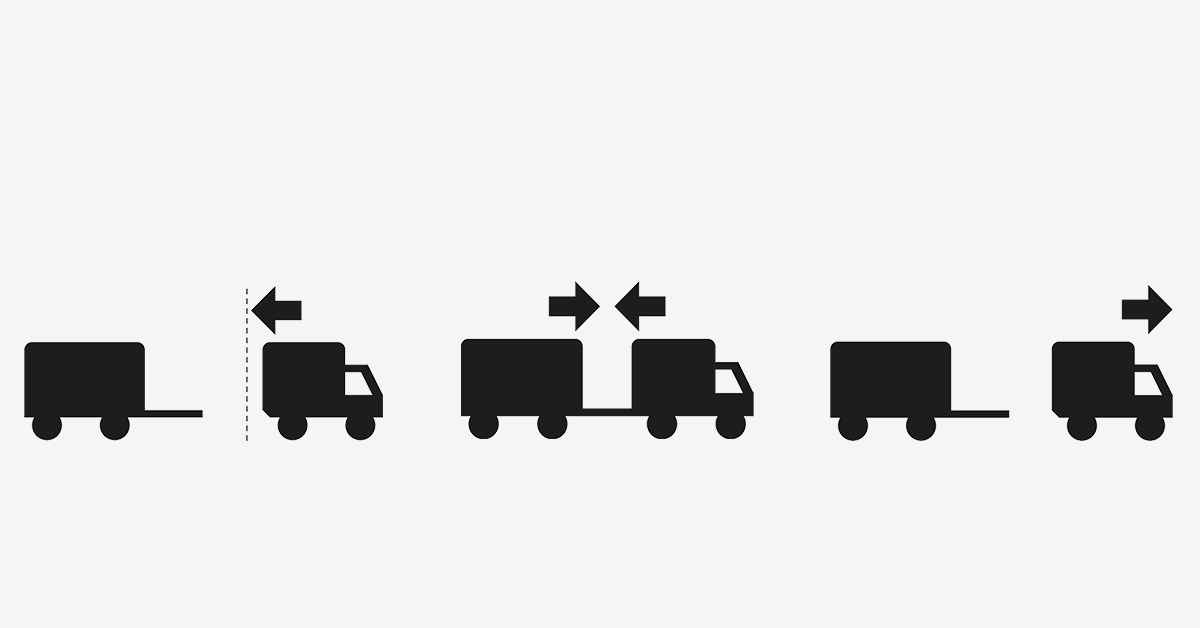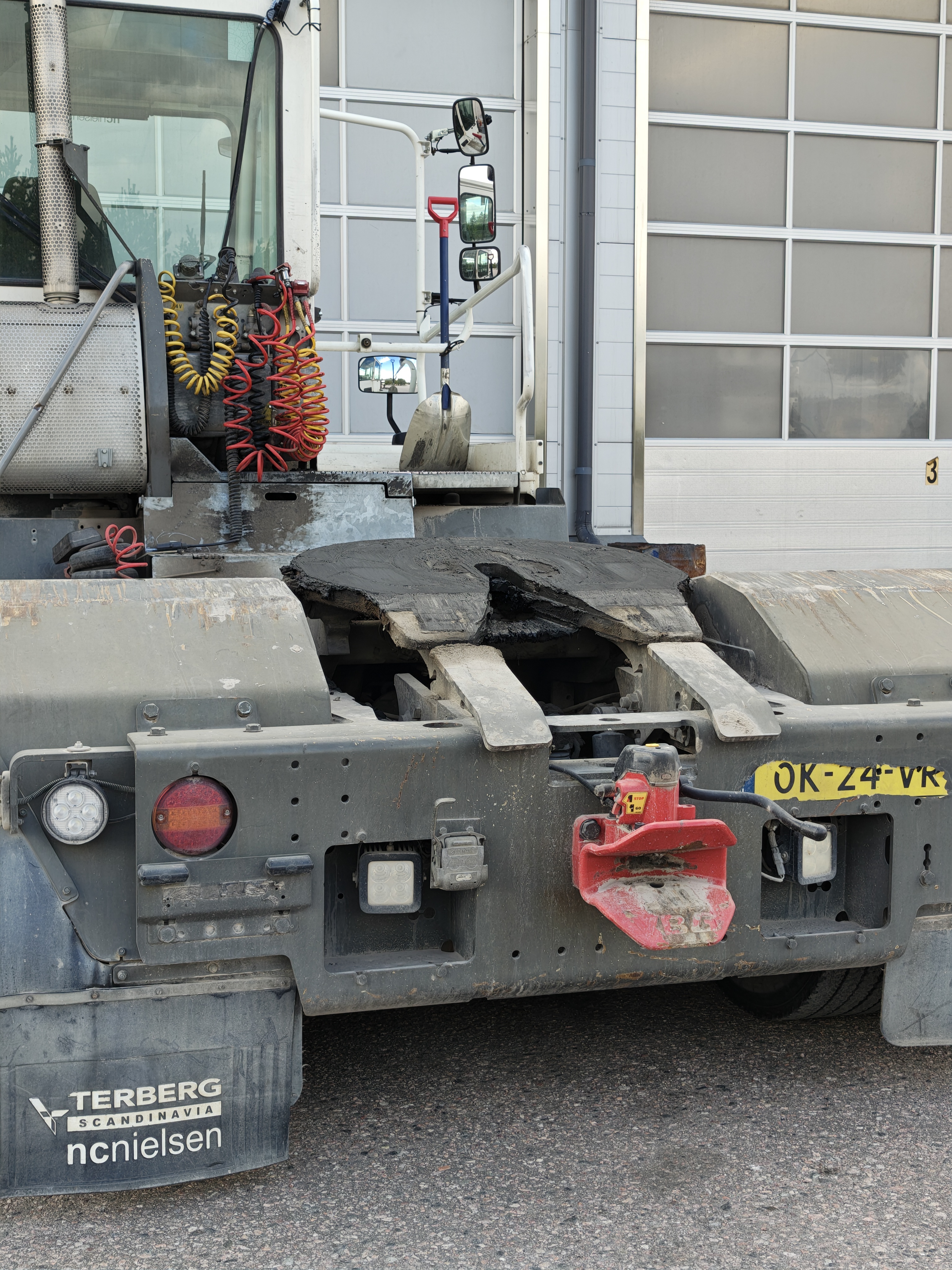What Problems May Arise During Coupling and Decoupling?
Many heavy vehicles are required to couple and decouple trailers on a daily basis. What are the risks and how can they be prevented?
Coupling and decoupling present a number of daily challenges. Some are directly linked to the drawbar guiding procedure. These days, guiding the drawbar eye to the coupling is performed mechanically using the coupling’s guide mouth, which is specially designed to direct the drawbar eye towards the centre to ensure safe coupling.
Usually, it is not difficult for the driver to guide the eye sideways, but it is difficult to see vertically when sitting in the cab. If with a rear view camera installed, drivers must frequently exit the cab to check whether the vertical position of the eye is correct and, if necessary, make adjustments and repeat the procedure.
Once the trailer is coupled and before driving off, it must be ensured that the coupling is closed and locked. This is done by checking the coupling signal pin (which shows whether the coupling is locked or not) and that the green light on the coupling display is shining if you have a remote-controlled coupling with power actuator. If the coupling is not locked and secured when driving away, it can present a very dangerous situation resulting in an accident.
Learn more about coupling safely

Typical material damage caused by the drawbar eye impacting the vehicle as a result of improper guiding includes damage to the:
- Underrun protection
- Drawbeam
- Electrical and air connections
- Accessories such as rear view cameras
This evidently incurs considerable expense for the owner in terms of material replacement as well as costs relating to vehicle downtime and unplanned stoppages.
The risk of damage during decoupling is not as great. The most important thing is to remember to ensure that brake is applied on the trailer before it is decoupled.
Why is guiding slow?
In the past, trailers usually had a single-axle front but, in the early 80s, twin-steering axles became more common, followed later by multi-axles, which made it ‘slower’ to guide the eye into the coupling sideways. That was when VBG developed a power actuator system to help the driver close and lock the coupling more easily.
Can it be made easier?
Yes! It is much easier with a built-in radar system that intuitively informs of the driver of how coupling is progressing and whether adjustments are needed. Quite simply, an electronic assist system for the driver. We will examine this in more detail at a later date.
Recommended reading

The year in review on The Strong Connection – 3 articles setting the tone for 2026

The transition enters its next phase – Future outlook 2026

